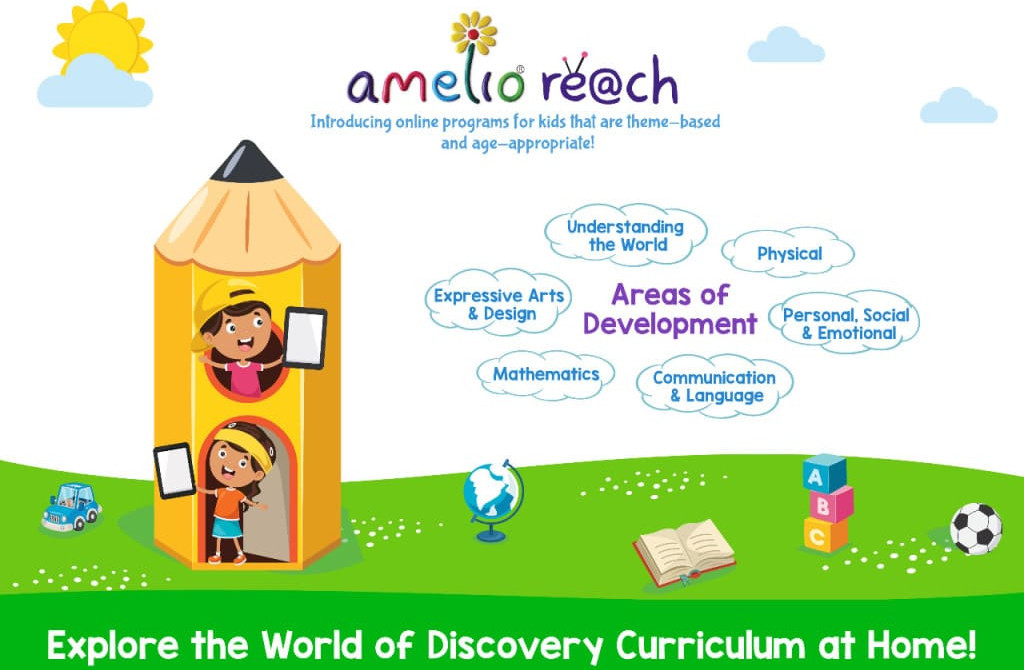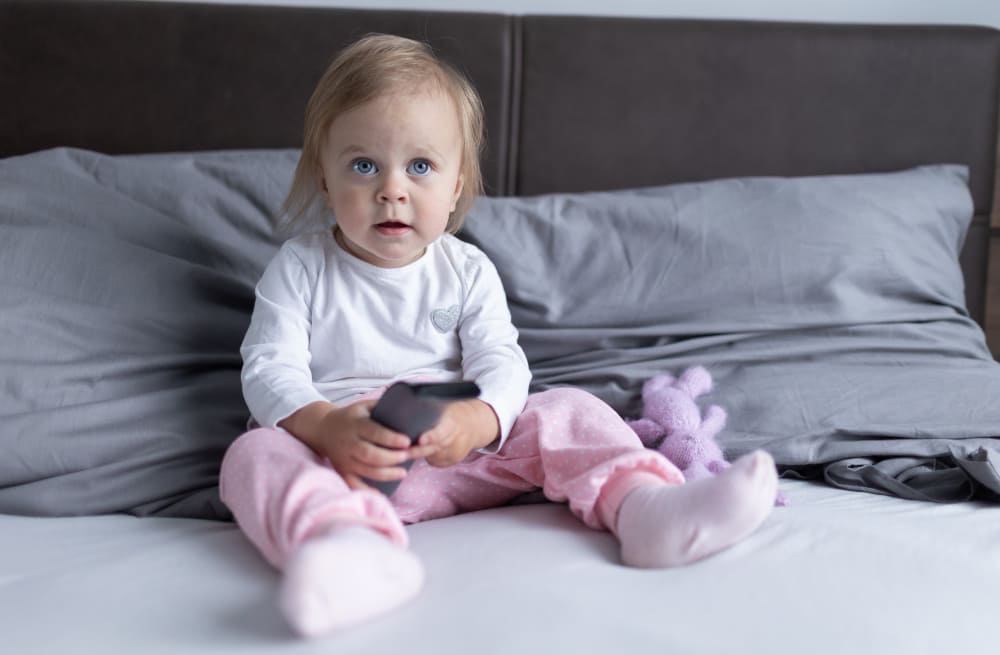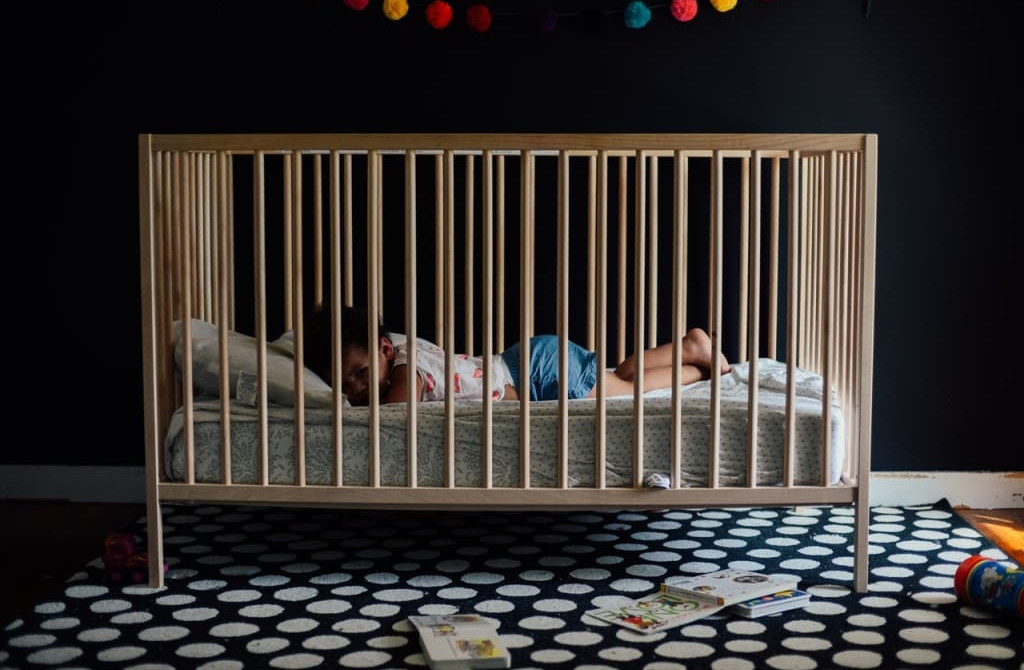It’s important to ensure that your little ones eat a balanced diet filled with essential nutrients in order for them to build up their immunity and help their bodies fight off infection. We know that it’s not easy, especially since the festival season is just kicking in! When possible, limit access to highly processed foods that are high in calories but low in nutrition and try to introduce nutrient rich foods. There are a number of healthy but tasty recipes that you can try out at home!
Here are some key immune-boosting nutrients:
- Vitamin C
- Vitamin E
- Zinc
- Vitamin D
- Selenium
- Beta Carotene
- Protein
Getting these essential nutrients in doesn’t have to be a tough task!
Vegetable Pulao is a simple meal that you probably make at home already, which has a variety of ingredients with a high level of nutrients:
Green peas are rich in heart healthy nutrients like Vitamins A, B1, B6 and C. They are also rich in antioxidants like flavonoids and carotenoids which help in improving immunity. Besides, they are also an excellent source of protein, with 8gms in one cup of peas.
Green beans are low in sodium, saturated fat and cholesterol, and is a great source of protein and Vitamins A, B6, C and K. They may also support heart health by lowering blood pressure and reducing inflammation.
Carrots are a particularly good source of beta carotene, fibre, vitamin K1, potassium, and antioxidants, are weight-loss-friendly food and have been linked to lower cholesterol levels and improved eye health.
Paneer is a great source of protein, Selenium, Vitamin B6, B12, Calcium and Zinc. Studies have linked calcium and other components of dairy to reduced weight and easier weight maintenance, especially when combined with exercise.
Preparing meals with ginger, garlic and turmeric have had a long history of boosting the immune system and reducing inflammation.
Pre and post-playtime snacks can be a nutrition bar or a fruit smoothie or yoghurt with berries that can provide daily requirements of immunity boosting nutrients. A handful of mixed nuts are the easiest to snack on too.
Stay safe, stay healthy!





